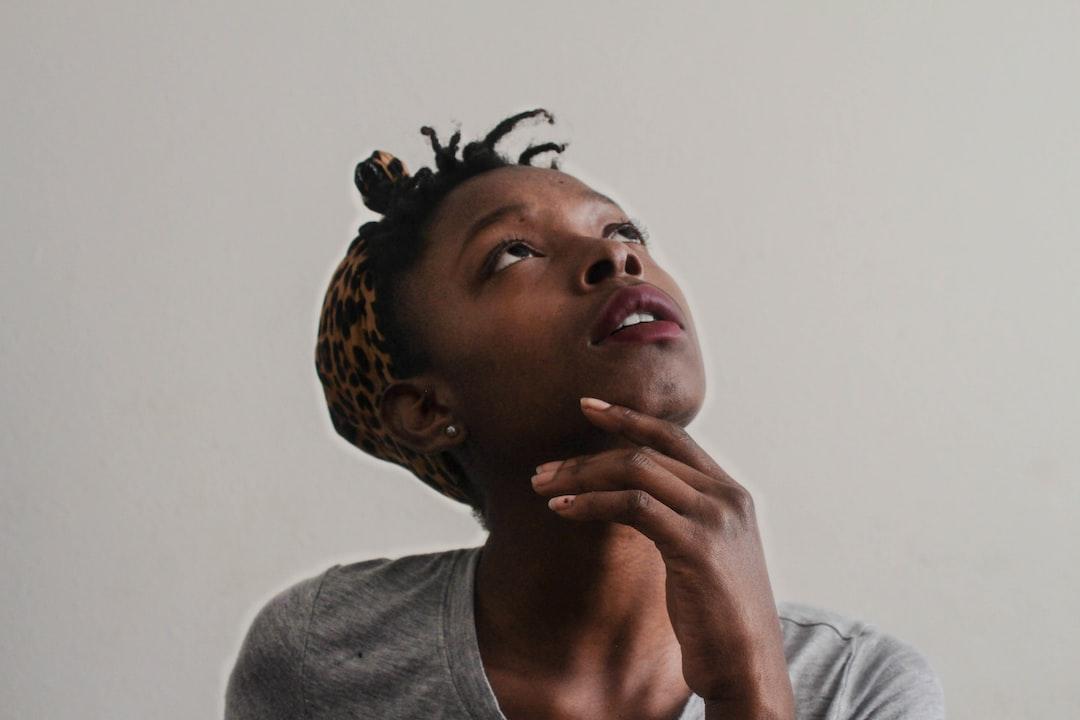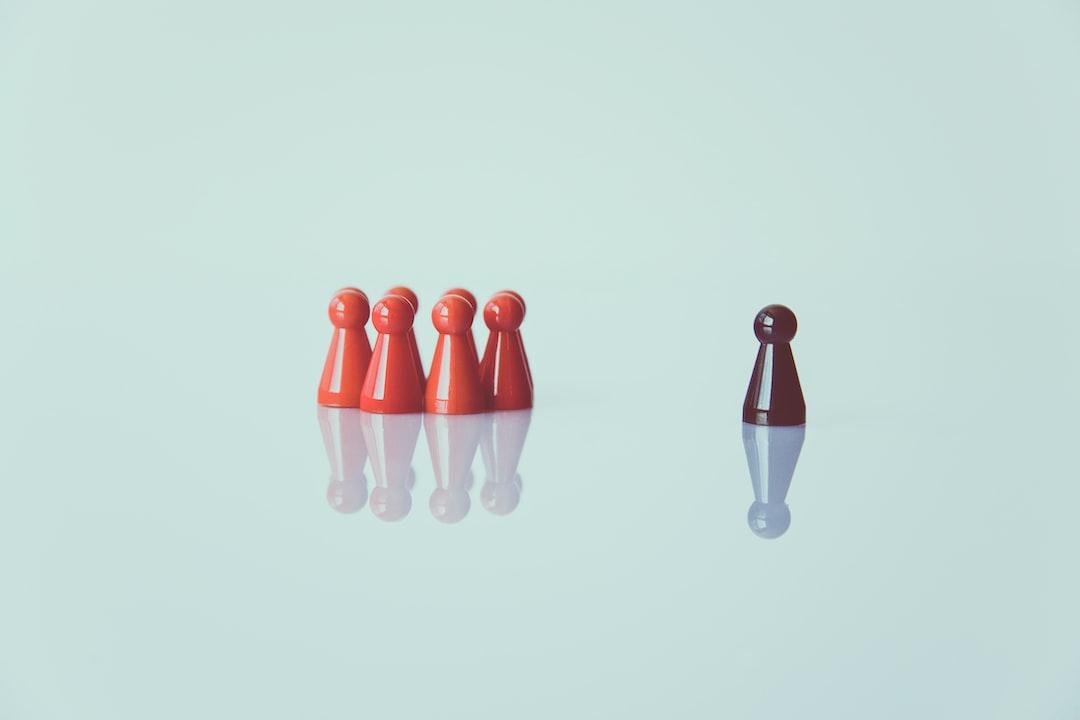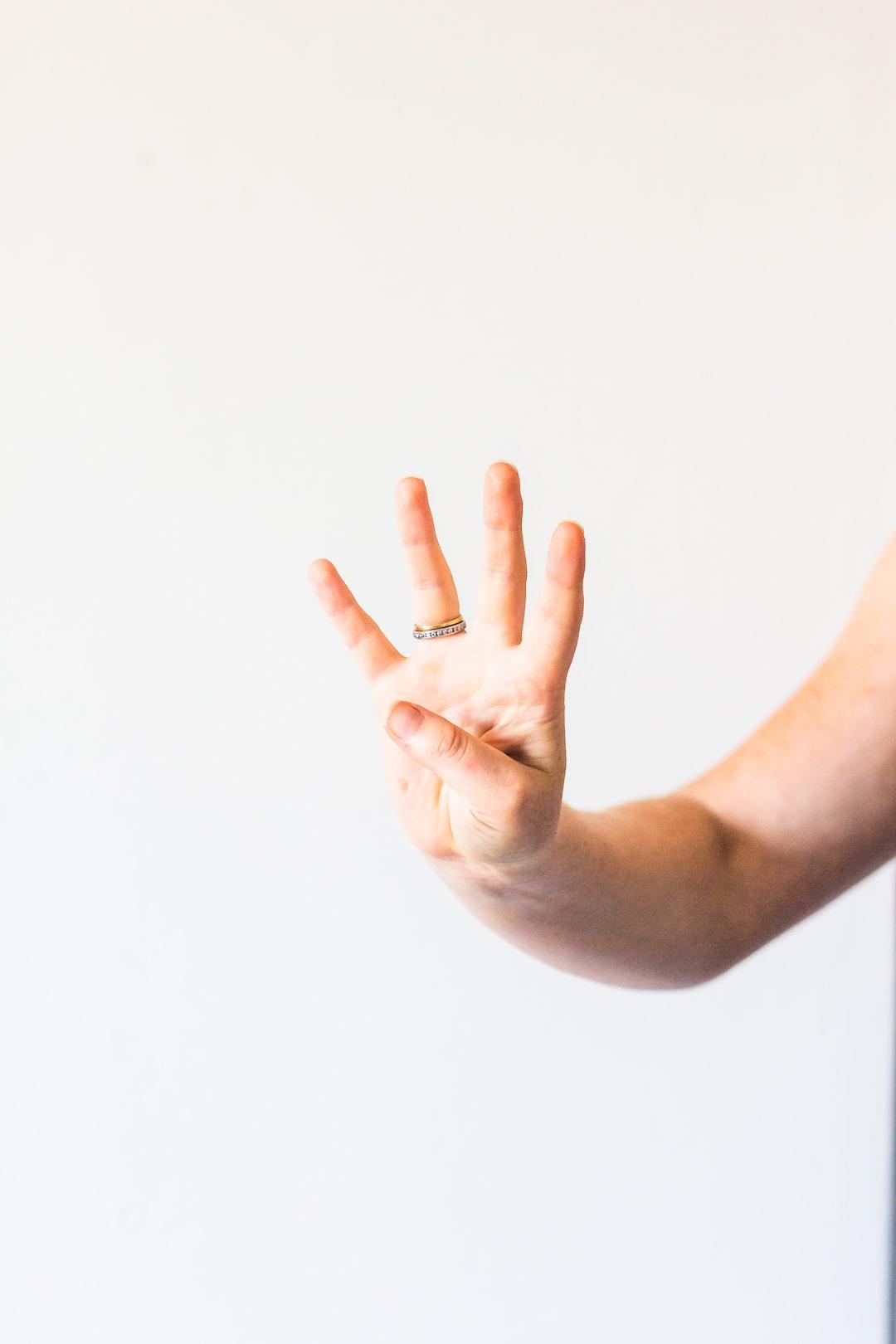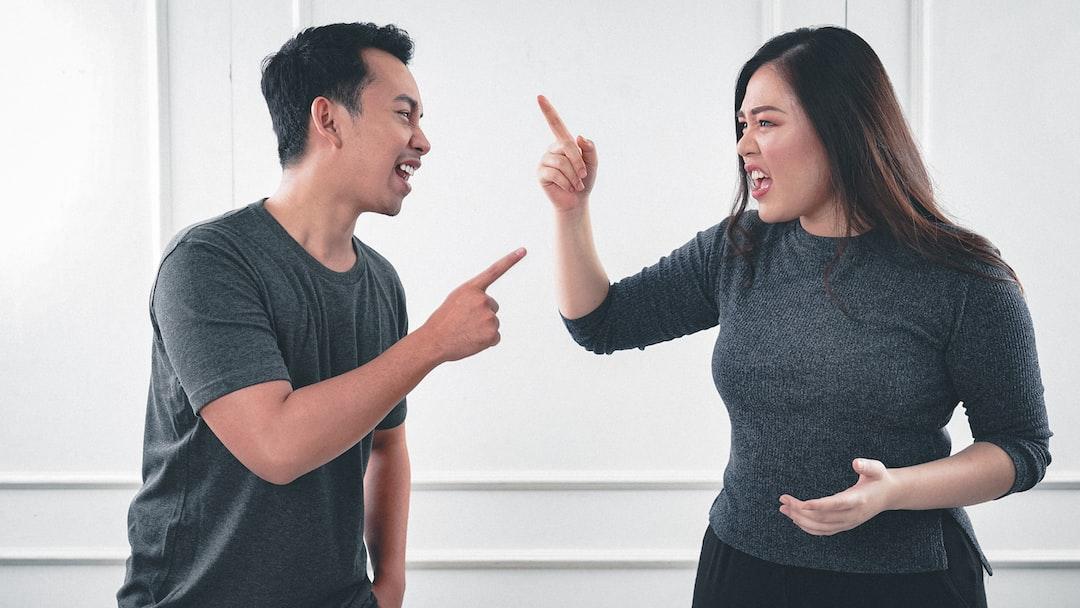Explore the World's Best Ideas
Join today and uncover 100+ curated journeys from 50+ topics. Unlock access to our mobile app with extensive features.
The Limits of Either/Or Thinking
- Either/or thinking restricts solutions and mindsets.
- Overemphasizing one side of a paradox while neglecting the other is limited at best and detrimental at worst.
- Navigating paradox requires adopting mindsets that enable holding two opposing forces simultaneously. This challenges rational assumptions.
Truth is not black and white. "Yes, and" thinking honors others' realities without necessarily agreeing. Multiple truths can coexist.
81
999 reads
Leadership Dilemmas as Paradoxes
- Leaders face daily paradoxical dilemmas like tell or ask, step in or back.
- The tug of war between conflicting options creates discomfort.
- Rather than choosing either/or, reframe to embrace "this AND that" thinking.
- There is a third space where opposites coexist synergistically.
Starbucks doesn't have to trade off fast service and communal space but accommodates both.
72
707 reads
Why Both/And Thinking
- Life's complexity reflects our own.
- Vulnerability strengthens courage.
- Woundedness builds integrity.
- It's not either/or but this AND that.
- Messy problems present dilemmas with logical but opposed solutions.
Adaptive challenges lack roadmaps, unlike technical problems. Navigating paradox means shifting assumptions to hold contradictions together.
78
620 reads
Four Types of Paradoxes
There are four types of paradoxes, involving competing tensions:
- Performing paradoxes (goals)
- Learning paradoxes (change)
- Belonging paradoxes (identity)
- Organizing paradoxes (structure)
For instance, learning paradoxes balance exploiting current success and exploring future innovation.
Belonging paradoxes raise opposing roles and values.
79
546 reads
Getting Stuck in Vicious Cycles
Without paradox mindsets, people get stuck in downward vicious cycles of either/or thinking: Rabbit holes (intensifying one pole), Wrecking balls (overcorrecting to the opposite extreme), and Trench warfare (each side attacking the other's stuck thinking).
Cognitive, emotional and behavioral traps fuel these detrimental spirals.
72
494 reads
Navigating Conflict
- Truth is not singular - there are multiple realities.
- "Yes, and" thinking respects others' views without agreeing.
- Build on alternate perspectives to expand thinking.
- Move from trying to control problems to coping amidst uncertainty.
- Paradoxes persist; they cannot be permanently resolved.
- Accept ambiguity.
74
475 reads
Higher Purpose and Vision
Link tensions to higher purpose. Set vision passionately unifying opposites. Build guardrails ensuring both poles are represented.
Diversify stakeholders across paradoxes. Long-term vision sustains creative friction.
72
441 reads
Experimentation and Evolution
- Enable low-cost experiments to try possibilities.
- Use language and rewards to spur innovation.
- Evaluate before broader rollout.
- Continually revisit tensions - they evolve.
- Name paradoxes to honor discomfort.
- Conflict skills build comfort amid differences.
70
411 reads
Personalize Paradoxes
- Connect competing demands to individual goals.
- Train leaders in paradox mindsets.
- Help employees recognize tensions in their roles.
- Build skills in conflict and vulnerability.
- Make tensions tangible at individual levels.
68
391 reads
The problem is not the problem; the problem is how we think about the problem.
WENDY SMITH AND MARIANNE LEWIS
99
5.02K reads
A visionary company doesn’t seek balance between short term and long term. A visionary company...aims to be distinctly yin and yang; both at the same time, all the time.
WENDY SMITH AND MARIANNE LEWIS
73
427 reads
IDEAS CURATED BY
CURATOR'S NOTE
Both/And Thinking is a book written by Wendy Smith and Marianne Lewis . It was published on August 9, 2022 by Harvard Business Review Press . The book delves into the concept of "both/and" thinking and how it can help individuals and organizations become more creative, flexible, and effective at solving problems. Authors Wendy Smith and Marianne Lewis introduce the concept of "both/and" thinking as a way to break free of binary thinking and embrace more creative and effective problem-solving.
“
Discover Key Ideas from Books on Similar Topics
14 ideas
Wisdom Of Insecurity
Alan W Watts
9 ideas
Can We Talk?
Roberta Chinsky Matuson
16 ideas
On Liberty
John Stuart Mill
Read & Learn
20x Faster
without
deepstash
with
deepstash
with
deepstash
Personalized microlearning
—
100+ Learning Journeys
—
Access to 200,000+ ideas
—
Access to the mobile app
—
Unlimited idea saving
—
—
Unlimited history
—
—
Unlimited listening to ideas
—
—
Downloading & offline access
—
—
Supercharge your mind with one idea per day
Enter your email and spend 1 minute every day to learn something new.
I agree to receive email updates







